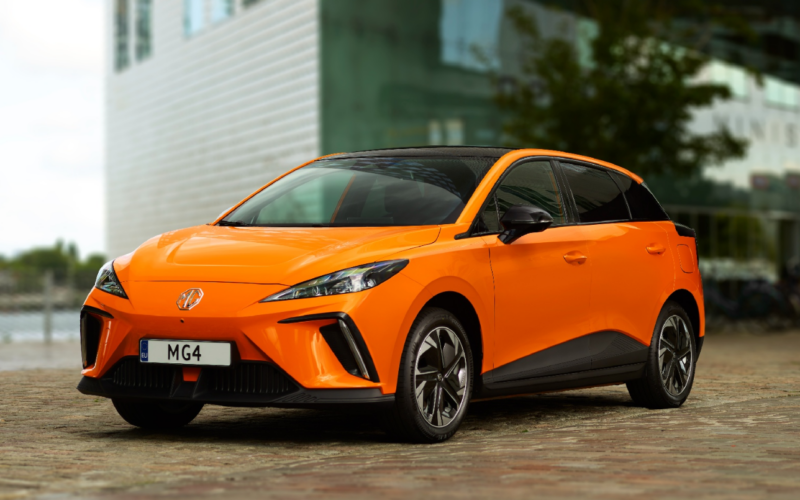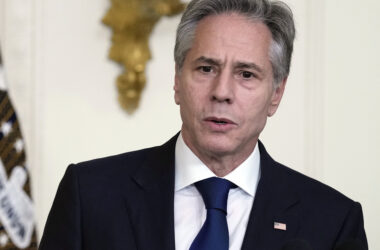As the electric vehicle (EV) revolution gains momentum, the battle for prime locations for fast public chargers is heating up among EV charging companies in Europe and the U.S. Industry analysts predict a wave of consolidation in the sector, fueled by increasing interest from major investors eyeing the transformative potential of electric mobility. With impending bans on fossil fuel-powered cars in several countries, the attractiveness of EV charging infrastructure has soared, drawing the attention of infrastructure investors and corporations alike.
Currently, there are over 900 EV charging companies globally, backed by more than $12 billion in venture capital funding since 2012, according to PitchBook. Long-term investors such as M&G’s Infracapital and Sweden’s EQT are among those entering the sector. The rush for advantageous locations has been likened to a “land grabbing game,” with companies striving to secure sites that guarantee electricity sales in the years to come.
Major investors are funding consolidation in the EV charging landscape, reshaping the industry significantly. Corporations like Volkswagen, BP, and E.ON have made substantial investments in the sector, resulting in 85 acquisitions since 2017. Analysts anticipate that as more big investors join the fray, the fast-charging landscape will undergo significant transformation.
Despite the increasing demand for EV charging infrastructure, companies face challenges, including bureaucratic red tape slowing down expansion efforts in Europe. However, the sector remains appealing to long-term infrastructure investors like Infracapital, which emphasizes that, with the right locations, long-term investments in charging companies make strategic sense.
A “race for space” is underway, with larger players expected to explore new real estate for purpose-built mega-facilities. These facilities are envisioned to house 20 or 30 fast-charge dispensers, surrounded by retailers and amenities, marking a new era for fast-charging development. Competition for the best sites is fierce, and site hosts can switch between operators before finalizing agreements. Companies are also competing for exclusive contracts with hosts, ensuring long-term partnerships and a competitive edge.
EV charging companies are expanding globally, forming partnerships and securing exclusive contracts to bolster their market positions. The sector’s potential has attracted companies like InstaVolt, owned by EQT, which plans to deploy 10,000 chargers in the UK by 2030, backed by the financial strength of its parent company.
Established EV markets like Norway have faced short-term challenges, including “over-deployment” of charging stations. While Norway added 2,000 new charge points, EV sales experienced a dip of 2.7% through October this year. This scenario underscores the need for strategic planning and sustainable growth in established EV markets.
Consolidation is anticipated in the EV charging sector, with companies expected to either merge or be acquired as the industry matures. The influx of funds and competition for market share will play a significant role in shaping the sector’s future landscape.
The intensifying competition for prime EV charging locations in Europe and the U.S. signals a dynamic phase in the electric mobility revolution. As major investors, corporations, and startups vie for strategic positions, the industry is poised for consolidation, bringing about a significant transformation. With the race for space, exclusive contracts, and global expansion, the EV charging sector is at the forefront of reshaping how the world approaches electric transportation. The end of this decade is expected to usher in a new era where the logos in the EV charging landscape will bear witness to the industry’s evolution.








